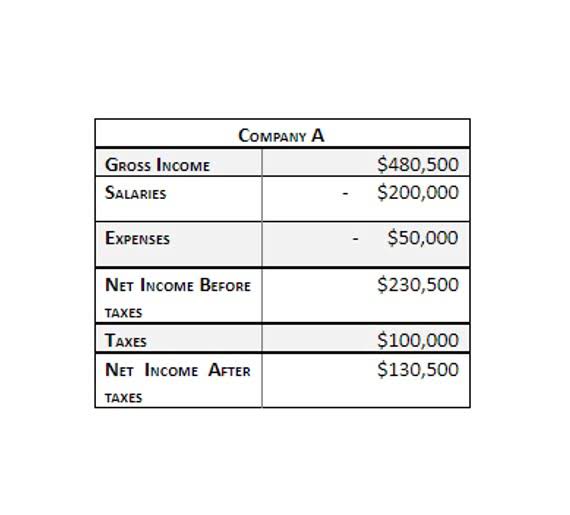
Our writing and editorial staff are a team of experts holding advanced financial designations and have written for most major financial media publications. Our contribution margin ratio work has been directly cited by organizations including Entrepreneur, Business Insider, Investopedia, Forbes, CNBC, and many others. Our goal is to deliver the most understandable and comprehensive explanations of financial topics using simple writing complemented by helpful graphics and animation videos. Finance Strategists is a leading financial education organization that connects people with financial professionals, priding itself on providing accurate and reliable financial information to millions of readers each year. This team of experts helps Finance Strategists maintain the highest level of accuracy and professionalism possible.

What Is a Good Contribution Margin Ratio?
- Investors and analysts may also attempt to calculate the contribution margin figure for a company’s blockbuster products.
- It is the monetary value that each hour worked on a machine contributes to paying fixed costs.
- Variable costs fluctuate with the level of units produced and include expenses such as raw materials, packaging, and the labor used to produce each unit.
- For those organizations that are still labor-intensive, the labor costs tend to be variable costs, since at higher levels of activity there will be a demand for more labor usage.
- The articles and research support materials available on this site are educational and are not intended to be investment or tax advice.
- Investors often look at contribution margin as part of financial analysis to evaluate the company’s health and velocity.
In the same case, if you sell 100 units of the product, then contributing margin on total revenue is $6,000 ($10,000-$4,000). The best contribution margin is 100%, so the closer the contribution margin is to 100%, the better. The higher the number, the better a company is at covering its overhead costs with money on hand. Let’s say your business sold $2,000,000 in product during the first quarter of the year.

Understand the components of contribution margin

If you were to consider units sold, revenue and marketing efficiency alone, you’d be forgiven for assuming BizA was the better performing business. But let’s dig into the contribution margin that each business generates to see if the picture changes. Now, divide the total contribution margin by the number of units sold. Instead of doing contribution margin analyses on whole product lines, https://www.bookstime.com/bookkeeping-services/indianapolis it is also helpful to find out just how much every unit sold is bringing into the business. Let’s look at an example of how to use the contribution margin ratio formula in practice. We’ll start with a simplified profit and loss statement for Company A.
Step 3 of 3

Just as each product or service has its own contribution margin on a per unit basis, each has a unique contribution margin ratio. To understand how profitable a business is, many leaders look at profit margin, which measures the total amount by which revenue from sales exceeds costs. To calculate this figure, you start by looking at a traditional income statement and recategorizing all costs as fixed or variable. This is not as straightforward as it sounds, because it’s not always clear which costs fall into each category. Analyzing the contribution margin helps managers make several types of decisions, from whether to add or subtract a product line to how to price a product or service to how to structure sales commissions. Before making any major business decision, you should look at other profit measures as well.
- It’s a combination of profitable unit economics and careful cash flow management that makes a good business.
- In comparison, BizB need to sell far less to break even, and have beaten this target to generate a profit of $40,000.
- This metric is typically used to calculate the break even point of a production process and set the pricing of a product.
- The difference between fixed and variable costs has to do with their correlation to the production levels of a company.
- This is not as straightforward as it sounds, because it’s not always clear which costs fall into each category.
But given our unique access to rich industry data, we feel a duty to go one step further and provide guidance on what “healthy” financial performance looks like. There is no definitive answer to this question, as it will vary depending on the specific business and its operating costs. However, a general rule of thumb is that a Contribution Margin above 20% is considered good, while https://x.com/BooksTimeInc anything below 10% is considered to be relatively low.
Contribution Margin Ratio Formula:

Once you’ve calculated your contribution margin, use this number in conjunction with your total fixed expenses for the given time period to calculate net profit or net loss. Conceptually, the contribution margin ratio reveals essential information about a manager’s ability to control costs. Fixed costs stay the same regardless of the number of units sold, while variable costs change per unit sold. The contribution margin helps you understand how much money a product, department, or an entire company is contributing to overheads and profit, and helps in decision-making about pricing, product volumes, sales strategies, etc. The contribution margin may also be expressed as fixed costs plus the amount of profit.








